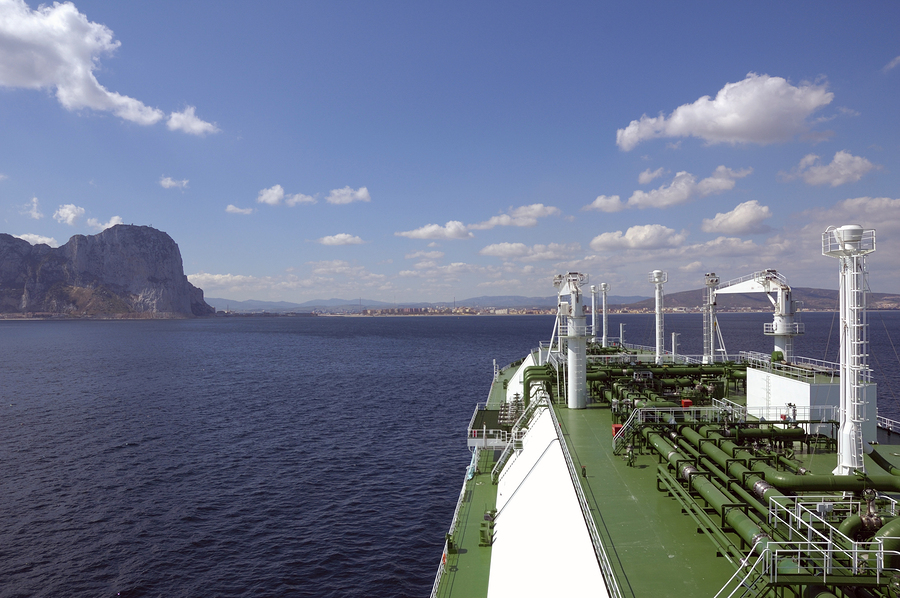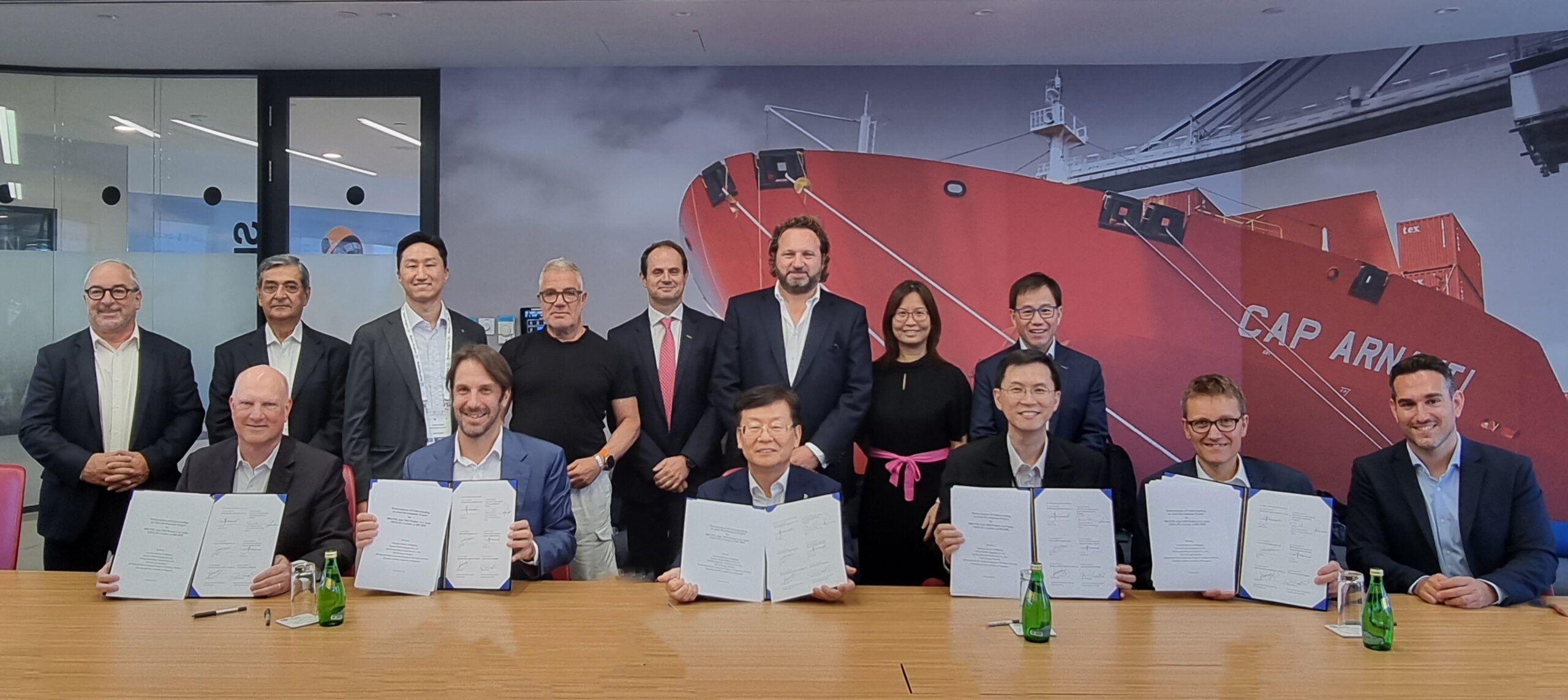Global trade of liquefied natural gas reached a record of 258 million tonnes in 2016 and is expected to grow in the same way in 2017, according to figures from the International Gas Union’s latest World LNG Report.
Over the previous four years there was an average growth of 0.5% in global trade of LNG. 2016 figures show this has risen significantly to 5%. The increasing demand for LNG and its global trade resulted in 2,246 voyages of LNG in 2016 alone.
David Carroll, President of the International Gas Union said that the increase in natural gas uptake and global transport is likely due to current energy demands, particularly post COP-21.
Additional supply of LNG from the US Gulf of Mexico and commercial operation in Australia Pacific LNG also contribute to the rise. According to the IGU’s report, businesses and consumers, including those from the maritime industry, are leaning towards LNG as they become aware of its advantages over other energy sources. It is expected that these supplies will outpace demand in 2017.
This additional supply of LNG and its globally growing demand indicates the importance of the shipping industry and the pressure on its LNG carriers to transport the fuel worldwide.
At the end of 2016 there were 439 LNG tankers actively trading or sitting idle available for work. The pressure for LNG transport is highlighted by the number of newbuildings delivered last year. A total of 31 newbuilds for LNG transport were delivered, a 7% increase from 2015. Furthermore, the use of alternative methods to traditional LNG carriers is evident through the development of floating storage regasification units, of which 23 are in operation compared with none seven years ago.
According to IGU’s report, the average LNG carrier capacity of newbuilds increased in 2016 by 4.5% compared with the 2015 average.
Fathom-News
editor@fathom-mi.com

































